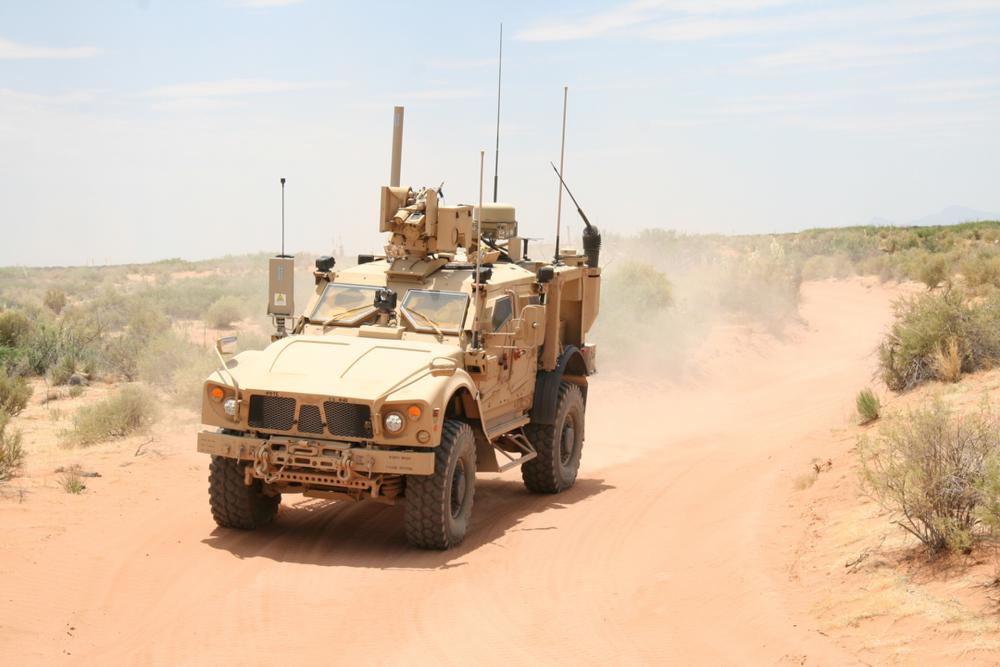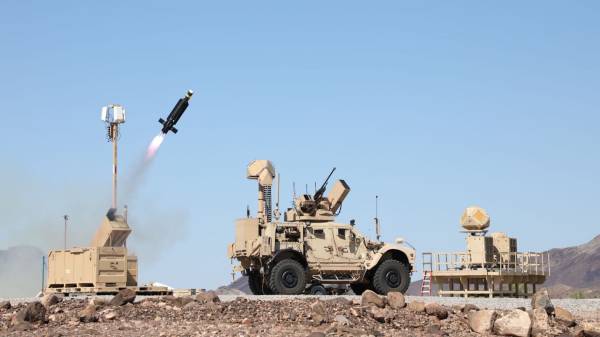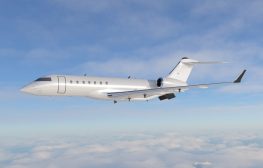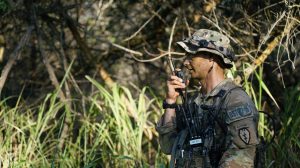Army repurposes assured PNT cross-functional team to focus on long range, ‘all-domain’ sensing

The Army is establishing a cross-functional team led by Mike Monteleone to focus on “all-domain sensing” across long distances, Futures Command said in an announcement Tuesday.
The new group is born out of the assured positioning, navigation and timing (PNT) and space cross-functional team, which has successfully completed its charter, the Army said at the Global Force Symposium in Huntsville, Alabama.
“CFT’s are one of the indisputable successes of AFC,” Gen. James Rainey, commander of Army Futures Command, said in a statement. “We identify a problem and pull a team together to solve it. The APNT/Space CFT did what we asked them to do, and the changes we are making are intended to capitalize on our success.”
Monteleone, who led the APNT group, will also head the new cross-functional team, which is slated to reach full operational capability by the second quarter of fiscal 2025. It will be tasked with facilitating the synchronization of kinetic and non-kinetic capabilities.
In U.S. military parlance, the term “kinetic” generally refers to capabilities that impact or explode near targets, such as missiles. The term “non-kinetic” is often used to refer to electronic warfare, cyber and other tools.
“With the evolution of hard Army problems, comes the evolution of talented teams to solve them,” Monteleone said in a statement. “Our team swiftly delivered on our last mission, proving the CFT concept is effective in accelerating capability delivery. We look forward to helping the Army and Joint enterprise converge understanding and deliver all-domain sensing solutions.”
Deep sensing has been a top priority for the Army and its secretary. With the shift to great power competition, the U.S. military will have to operate over much larger distances. As such, it will need to sense and conduct targeting over thousands of miles.
“The Army must be able to see as far as it can shoot, see after it shoots, access machine-speed analytics to make informed decisions and understand the impacts of multiple effects on the battlefield,” the service said in a release.
The new team will support synchronization and optimization of intelligence collection, processing and dissemination as well as “sensor-to-shooter activities,” according to the service.
Gen. Randy George, chief of staff of the Army, previewed the new organization earlier this month, noting that the service will be looking at what capabilities are right and in what formations they should exist.
The new cross-functional team will be located at Adelphi, Maryland and Huntsville, Alabama, and support four lines of effort: “multi-sensor dominance,” sensing architecture, advanced processing and dissemination, and operational enablers. According to the release, that work will include:
- Prioritizing, integrating and shaping sensor technologies such as counter-intelligence, surveillance, reconnaissance and targeting; synchronizing sensor integration and experimentation and developing sensor requirements in coordination with Army and joint communities.
- Developing integrated sensing architecture that facilitates transport and access to enable Army force projection, fires and maneuver and supporting joint and allied fires and maneuver.
- Identifying, shaping and exploiting advanced technologies for data processing and dissemination for large-scale combat operations
- Shaping doctrine, organization, training, materiel, leadership and education, personnel and facilities (DOTMLPF-P) for sensors, electronic warfare and positioning, navigation and timing to support and sustain fires and maneuver in denied and degraded environments.






